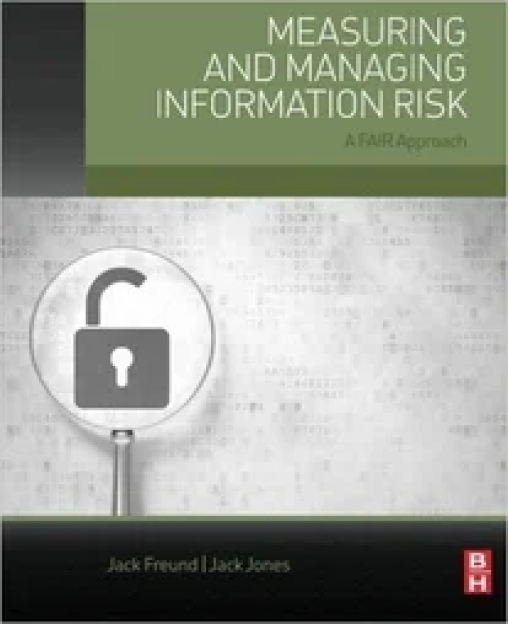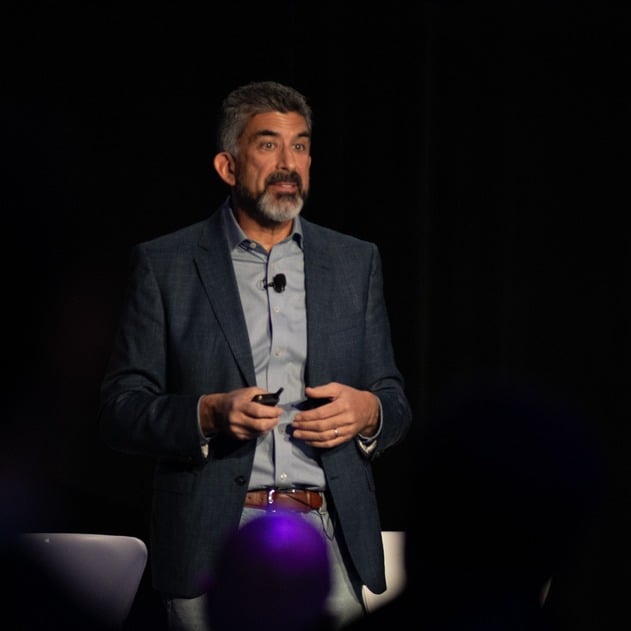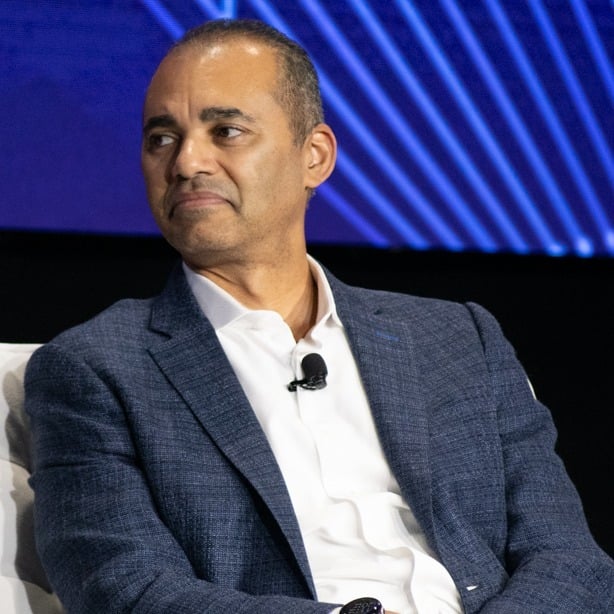Extending FAIR: How the Unified Linkage Model Strengthens Cyber Risk Quantification
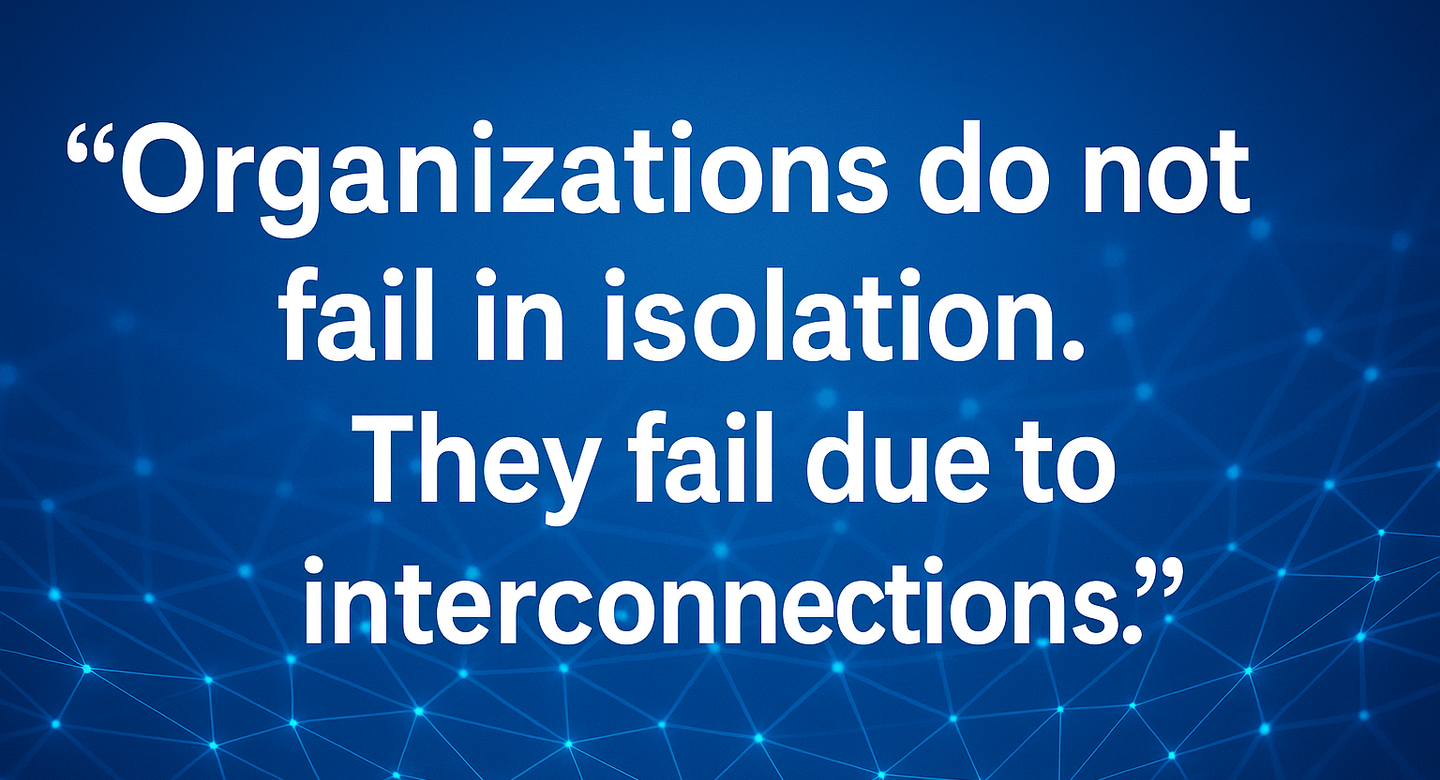
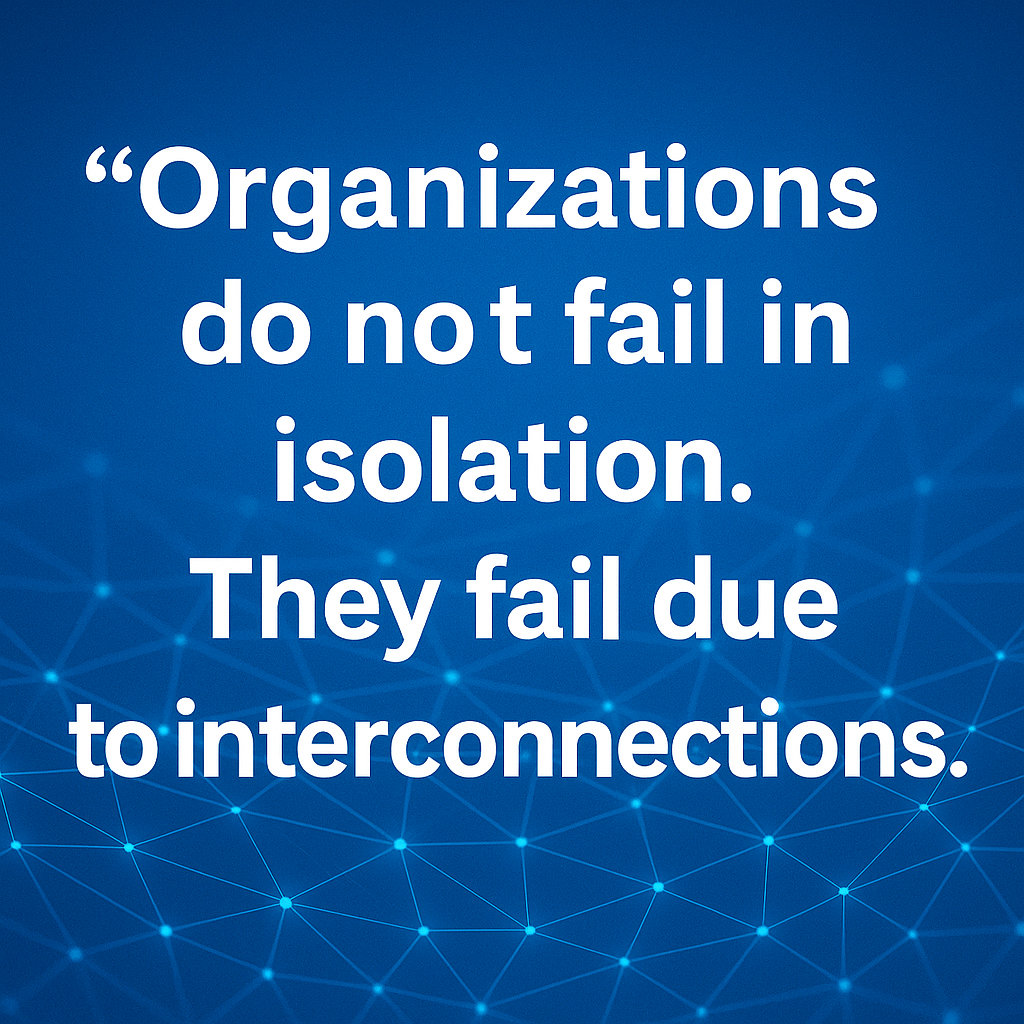
Since its inception, the Factor Analysis of Information Risk (FAIR™) framework has transformed how organizations think about cybersecurity. By translating technical risk into financial terms, FAIR enables executives to evaluate cyber threats in the same language as credit, market, or operational risk.
Today, FAIR is widely recognized as the leading standard for cyber risk quantification and a core methodology for making defensible, data-driven decisions.
Author Henry J. Sienkiewicz is an adjunct professor at Georgetown University and George Washington University and a former Chief Information Officer and Designated Authorizing Authority (DAA) at the Defense Information Systems Agency (DISA).
However, as FAIR Institute members are aware, quantification is only one part of the challenge. Cyber ecosystems are becoming increasingly interdependent: cloud reliance, global supply chains, inherited misconfigurations, and trust relationships with third parties all shape how risk propagates.
Attacks like the SolarWinds supply chain compromise, the Colonial Pipeline ransomware event, or recent cloud concentration outages demonstrate that organizations do not fail in isolation. They fail due to the interconnections, the linkages, between systems, organizations, and individuals.
This is where the Unified Linkage Model© (ULM) complements the FAIR principles. Where FAIR quantifies risk through the lens of frequency and magnitude, ULM highlights how risk propagates across adjacency, inheritance, and trust linkages.
Together, the two models offer practitioners a powerful combined approach: FAIR provides the engine for quantification, while ULM adds the context of systemic fragility. The FAIR-CAM (Controls Analytics Model) extends FAIR by enabling quantifiable linkage analysis between controls, supporting this premise.
Note: A new edition of the FAIR book Measuring and Managing Information Risk is forthcoming and will include an updated exposition of FAIR-CAM
This article examines the alignment between FAIR, FAIR-CAM, and ULM, the application of both by practitioners, and why dependency-aware analysis is becoming increasingly essential for risk leaders. FAIR-CAM extends FAIR by enabling quantifiable linkage analysis between controls, supporting the ULM premise.
FAIR Is the Quantification Standard
The FAIR framework has become the global standard for cyber risk quantification because it transforms security from a qualitative art into a defensible, data-driven discipline. Unlike heat maps or red-amber-green scoring, FAIR expresses risk in financial terms—using probability distributions to calculate loss event frequency and probable loss magnitude.
The FAIR approach enables organizations to compare cyber risk with other enterprise risks, such as credit or market exposure. It creates a common language for executives and boards.
FAIR’s rigor lies in its structured taxonomy of threats, vulnerabilities, and losses, which provides transparency and repeatability across assessments. Its use of Monte Carlo simulations generates ranges of potential loss, improving decision-making under uncertainty.
As a result, FAIR enables security leaders to justify investments, regulators to evaluate resilience, and enterprises to treat cybersecurity as a measurable business risk—not a vague technical issue.
The FAIR model is structured around a simple but powerful equation:
Risk = Loss Event Frequency × Probable Loss Magnitude
This breakdown allows risk analysts to express cyber risk as a distribution of financial loss, replacing subjective heat maps with defensible probabilistic analysis. FAIR decomposes risk into specific factors:
- Threat Event Frequency (TEF): How often threats act against assets.
- Vulnerability: The probability that a threat action results in loss, based on threat capability vs. control resistance strength. The ULM’s linkage modeling aligns with the FAIR-CAM framework, which defines control physiology and system interdependencies.
- Loss Event Frequency (LEF): The expected rate of realized losses.
- Probable Loss Magnitude (PLM): The direct and indirect costs of loss events.
FAIR’s greatest strength is its comparability. By quantifying risk in dollar terms, executives can weigh cyber investment against competing priorities, whether to fund a new SOC capability or expand product R&D.
However, FAIR has historically focused on risks at the node level—specific assets, systems, or processes. While this granularity is necessary for calculation, it does not fully capture the systemic exposure created by interconnections between nodes. For example, two applications may each appear low-risk individually, but if both rely on the same identity provider, a compromise there would magnify the risk across the entire enterprise.
This is where ULM's contribution begins.
ULM: A Dependency-Aware Lens
The ULM is a conceptual framework designed to address the limitations of asset-centric analysis. Rather than focusing only on the characteristics of individual nodes, ULM emphasizes the linkages that connect them, which often determine how vulnerabilities propagate. ULM identifies three foundational linkages:
- Adjacency: Proximity-based connections that allow one asset or process to affect another. Examples include network adjacency exploited by lateral movement or workflows shared between departments.
- Inheritance: Risks passed down through configurations, privileges, or contractual relationships. Examples include cloud tenants inheriting provider misconfigurations or subsidiaries inheriting corporate policies.
- Trust: Reliance between humans, organizations, or systems. Examples include federated identity, vendor contracts, or institutional trust in SMEs.
By mapping these linkages, ULM exposes systemic fragility: hidden dependencies that turn isolated incidents into cascading failures. Importantly, ULM is not a quantification model. Instead, it provides contextual enrichment that makes FAIR analysis more accurate, realistic, and strategically relevant. FAIR-CAM models how control behaviors interact across inherited and adjacent systems, providing empirical grounding for ULM’s depiction of systemic risk propagation.
How ULM Strengthens FAIR Analysis
By aligning the complementary dimensions of cyber risk, the ULM and FAIR support each other. FAIR quantifies risk in both probabilistic and financial terms. It enables organizations to measure expected loss with precision and rigor.
In contrast, ULM emphasizes the structural dependencies—such as adjacency, trust, and inheritance—that influence the propagation of risks through interconnected systems. FAIR's response to the question "How much could this cost us?" is complemented by ULM's analysis, which addresses the location and underlying causes of our vulnerabilities.
FAIR provides the statistical engine and FAIR-CAM enables quantifiable analysis between controls, while ULM supplies the map of linkages that attackers exploit. FAIR-CAM articulates the ‘physiology’ of controls — their operational health, interaction, and dependency strength — making ULM’s linkage maps measurable in practical terms. This integration empowers governance, risk, and compliance by tying measurable loss events to the specific dependency paths that generate them.
In practice, FAIR and ULM together shift risk management from static scoring toward a dynamic, systemic, and financially grounded discipline capable of guiding both board-level strategy and operational defense.
The alignment between ULM and FAIR/FAIR-CAM can be seen in four major areas:
- Refining Threat and Vulnerability Inputs: FAIR requires estimates of threat frequency and vulnerability probability. ULM enhances these inputs by highlighting where adjacency or inheritance amplifies exposure. For instance, an unpatched database may not seem critical until ULM mapping reveals adjacency to payment systems, raising both likelihood and impact.
- Accounting for Trust-Based Risks: Trust linkages explain why certain risks evade traditional controls. A vendor compromise, such as SolarWinds, occurred because trusted software updates bypassed existing defenses. ULM highlights these trust pathways, giving FAIR analysts better data for calculating event frequency.
- Modeling Systemic and Correlated Risk: FAIR traditionally treats risks independently, but real-world incidents often cascade in a complex manner. ULM reveals correlated dependencies—such as reliance on a single cloud provider—allowing FAIR models to reflect correlated probabilities and aggregate loss scenarios.
- Enhancing Executive Communication: FAIR's Monte Carlo outputs are analytically sound but sometimes abstract for boards. ULM linkage maps transform results into visual narratives, showing executives who we rely on, who relies on us, and where fragility lies.
Case Applications
The effectiveness of FAIR and ULM in combination is clearly demonstrated through practical applications. FAIR provides the quantitative foundation, articulating risk in monetary and probabilistic terms. ULM unveils the dependency structures that attackers exploit.
When applied together, organizations gain both financial justification and systemic insight. FAIR-CAM supports automation of control testing and validating while ULM links telemetry directly to quantifiable control measures.
- SolarWinds Supply Chain Attack. FAIR quantified the expected losses from compromised software. ULM could explain why the risk was so severe: trust in vendor updates, adjacency to government networks, and inheritance of malicious code created systemic exposure.
- Cloud Concentration Risk. FAIR calculates downtime costs for a single provider outage. ULM reveals systemic fragility: multiple industries depending on the same cloud infrastructure. Together, FAIR + ULM analysis quantifies direct losses while demonstrating systemic reliance
- Colonial Pipeline Ransomware. FAIR can model the direct financial loss of operational downtime. ULM highlights adjacency between IT and OT environments, showing why the attack cascaded into national fuel disruption
ULM and FAIR/FAIR-CAM in Governance, Risk, and Compliance
Modern regulations, including GDPR, DORA, and NIS2, increasingly demand evidence of systemic resilience. FAIR provides financial quantification, while ULM supplies the structural narrative of dependency. FAIR-CAM provides governance coherence by aligning FAIR’s quantitative results with ULM’s structural view, creating a unified language for risk, compliance, and control accountability.
Audit Alignment: Auditors can not only verify the existence of controls but also identify the dependencies they protect.
- Regulatory Integration: ULM maps align with regulators' demand for demonstrating systemic resilience.
- Board-Level Communication: Linkage diagrams make FAIR's quantified outputs more easily digestible.
- Scenario Planning: Red-team exercises gain realism when based on dependency maps.
- Continuous Monitoring: ULM supports dashboards that track shifts in dependency risk posture.
Together, FAIR and ULM enable organizations to show compliance while building real resilience.
Limitations, Challenges, & Future Directions
While promising, ULM integration has challenges. Dependency mapping is a data-intensive process that may suffer from visibility gaps, particularly in opaque supply chains. Integration with FAIR requires avoiding complexity overload; linkage mapping must remain actionable. Ultimately, executive audiences will require education to appreciate the added value of ULM.
However, these challenges mirror FAIR's own early adoption curve. As FAIR matured into today's standard, so too can ULM evolve from a conceptual model to an operational complement.
Future research and practice should explore:
- Automated inference of dependencies through graph analytics and machine learning (see this related study)
- Metrics for systemic fragility, such as linkage betweenness or inheritance entropy, aligned with FAIR categories.
- Integration with digital twin simulations, enabling stress tests of cascading failures.
- Embedding ULM into strategic doctrine ensures that dependency awareness informs enterprise and national security resilience.
Conclusion
The FAIR framework has set the global standard for quantifying cyber risk. By translating technical scenarios into financial terms, organizations can make more informed investment and governance decisions. However, cyber risk is no longer just about assets—it is about the connections between them.
The ULM addresses this by focusing on adjacency, inheritance, and trust. When combined with FAIR, ULM enhances inputs, clarifies systemic fragility, and makes executive communication more compelling.
Together, FAIR/FAIR-CAM and ULM provide a complementary toolkit: FAIR quantifies; ULM contextualizes. The result is a richer, more resilient approach to cyber risk management—one that not only meets regulatory mandates but also builds lasting systemic strength.



